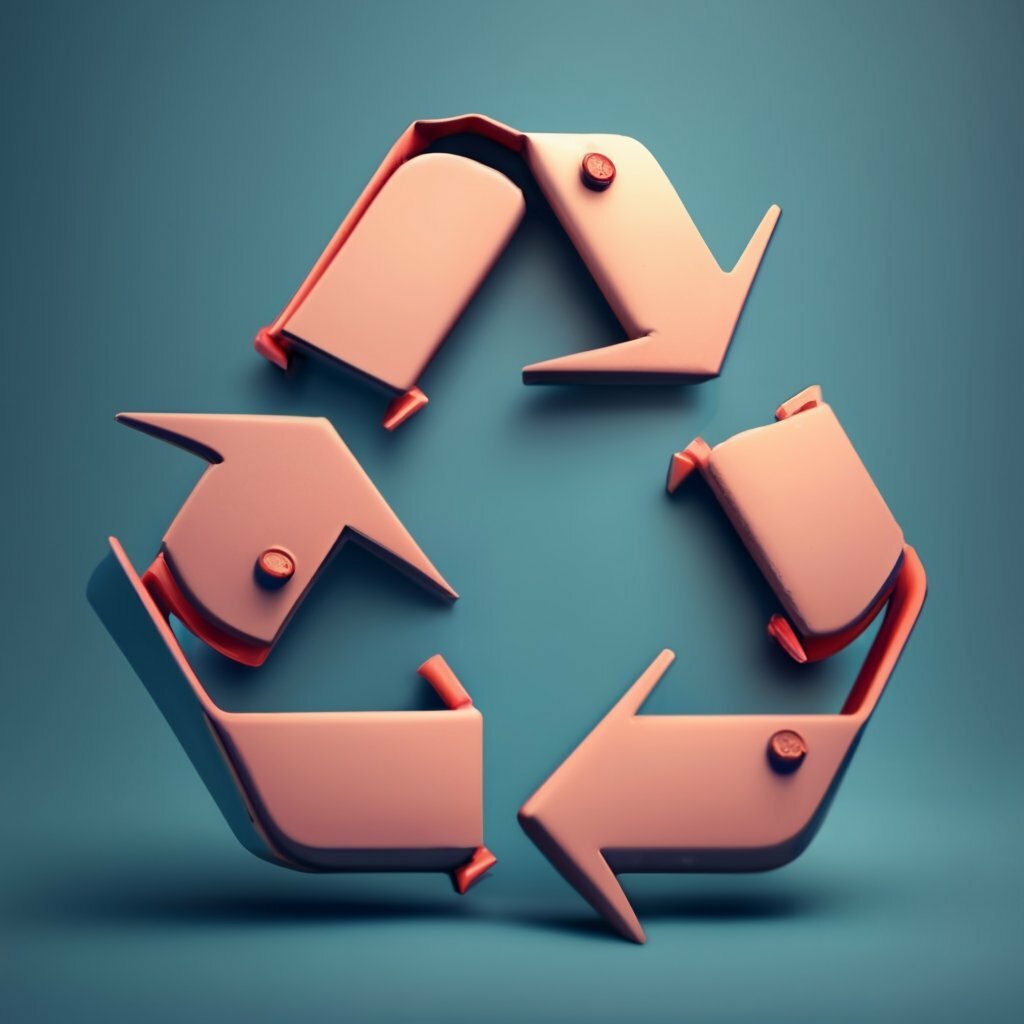
In the pursuit of clean energy, batteries are the linchpin, vital for juicing up electric vehicles and hoarding renewable energy for later grid action. The European Union, with a watchful eye on the metals essential for these powerhouses, is increasingly anxious about their sourcing. The treasure chest? Discarded lithium-ion batteries from electric cars, e-bikes, and gadgets; they’re a treasure trove of lithium, cobalt, nickel, and other battery brews.
Europe’s battery recycling scene is pretty green behind the ears. Last year, while nearly 700,000 tons of lithium-ion batteries stormed the European market, recyclers only had the chops to process a meager 17,000 tons of that discarded battery swag, according to Circular Energy Storage, those battery industry data crunchers.
Fresh rules that rolled into play last month might just flip this battery recycling game on its head. After years of courtroom tango, the EU has finally embraced a battery regulation that could kickstart recycling on a grand scale, a feat not seen outside China. The battery gurus say this could be the secret sauce for turbocharging lithium-ion battery recycling throughout the EU.
Xiao Lin, the brain behind Chinese battery metal recycling consultancy Botree Cycling, calls these new battery rules a “game-changer for the whole supply chain,” not just in Europe but worldwide.
Now, let’s rewind a bit. This battery regulation isn’t a newcomer; it’s the replacement act for the 2006 policy, which was all about avoiding the health hazards linked to naughty battery ingredients like lead and cadmium. But times have changed, and now batteries, especially those lithium-ion beasts, are at the heart of society’s beating pulse. The EU’s got this itch to make sure they remain sustainable, from their birth at the factory to their final resting place.
So, what’s the deal with these new rules? Well, first up, manufacturers have to pick up those discarded lithium-ion batteries and haul them off to the recycling party, all on the house. For EVs, e-bikes, and energy storage batteries, they’re also obliged to sprinkle some recycled magic into the mix when crafting new ones. And there’s more to this rulebook; it’s got some pretty ambitious metal recovery targets, pushing recyclers to up their game and extract critical goodies like lithium.

This comes at a crucial moment. Electric vehicle sales are going gangbusters in Europe and around the globe, creating a ravenous appetite for the metals hidden within their batteries. The catch? Relying on mining to satisfy this hunger comes at a hefty environmental and social cost, something the EU ain’t keen on.
Battery recycling, on the other hand, is touted as the eco-warrior’s choice. Those spent EV batteries and their pint-sized cousins from e-bikes, power tools, and gizmos are like metal mines in disguise. China’s been leading the charge in lithium-ion battery recycling, thanks to some clever policies and a nudge in the EV sector. The Chinese government pulled out its big guns in 2018, making EV manufacturers responsible for collecting dead batteries and setting ambitious recovery goals for recyclers.
Now, it’s Europe’s turn to follow in China’s footsteps, but with a twist. Manufacturers here have to ensure that batteries are collected for recycling without giving consumers a financial pinch. Collection rates for small batteries in e-scooters and e-bikes will rise over the next decade, while for EVs and energy storage, it’s an all-in deal for manufacturers. Bosch, the folks behind e-bike batteries in Europe, say they’re already on it, with collection systems up and running in Germany, the Netherlands, Belgium, and France.
But that’s not all, folks. Recyclers, too, have a mountain to climb. They’ve got to hit some strict metal recovery targets, like salvaging 80 percent of the lithium and a whopping 95 percent of cobalt, copper, nickel, and lead, all before the clock strikes 2031. This rulebook is steering them away from old-school pyrometallurgy, where batteries are melted down in a furnace, and pushing them towards the hydrometallurgy route. That means shredding batteries into a “black mass” and then teasing out the metals using chemical tricks. It’s less energy-hungry and spews fewer toxic fumes, but those acid secrets demand careful handling.
And guess who’s riding the wave? Canada’s Li-Cycle, among others, is betting big on hydrometallurgical recycling. They’re spreading their wings in Europe, with a new facility in Germany and grand plans for an Italian recycling hub.
But here’s the kicker: Recycling doesn’t have to happen within Europe’s borders, as long as it meets EU quality standards. Many Asian recyclers are already acing the metal recovery game. But, and it’s a big but, they might stumble on other EU demands, like recycling 70 percent of a battery’s weight by 2030. China, for instance, mostly deals with lithium-iron-phosphate batteries, which are pretty much barren except for lithium. So, hitting that 70 percent recycling mark? A different ballgame.
Now, here’s the punchline: Alongside recycling, these new battery rules want to ensure that recycled stuff finds its way into new batteries. By 2031, EV and storage batteries must pack in at least 6 percent recycled lithium and nickel, 16 percent recycled cobalt, and a whopping 85 percent recycled lead. By 2036, those numbers will jump even higher. Sounds like a win for recycling, right? Well, not so fast.
Andy Leach, the energy guru from BloombergNEF, thinks these standards might be too tough to meet. Companies might end up recycling batteries prematurely just to hit these lofty targets. It could even incentivize wastefulness, as standards allow for recycling either end-of-life batteries or scrap from production. And if there aren’t enough worn-out batteries to go around, companies might keep churning out production scrap, rather than making their operations more efficient.
So, while recycling’s a big deal, rushing into it without the materials might be a wrong turn. Bosch, the e-bike battery honcho, calls these recycled content targets “a real stretch” and blames the shortage of recycled materials as the prime hurdle.
But here’s the plot twist. Achieving these recycled content standards hinges on heavy, mineral-rich EV batteries coming back to the recycling party. The catch? These beasts have long lifespans and often get a second lease on life as grid storage buddies. So, it might be a while before they line up for recycling duty. For now, manufacturing scrap is the star of the show, with end-of-life EV batteries warming up in the bullpen for the 2030s.
And despite all the uncertainties, many folks in the industry are holding onto hope. They see these EU rules as the silver bullet for recycling, easing the mining frenzy. Kurt Vandeputte from metals maestro Umicore calls it the “blueprint for many other industries.”
Hold onto your seats, folks; it’s going to be a wild ride in the world of battery recycling.












